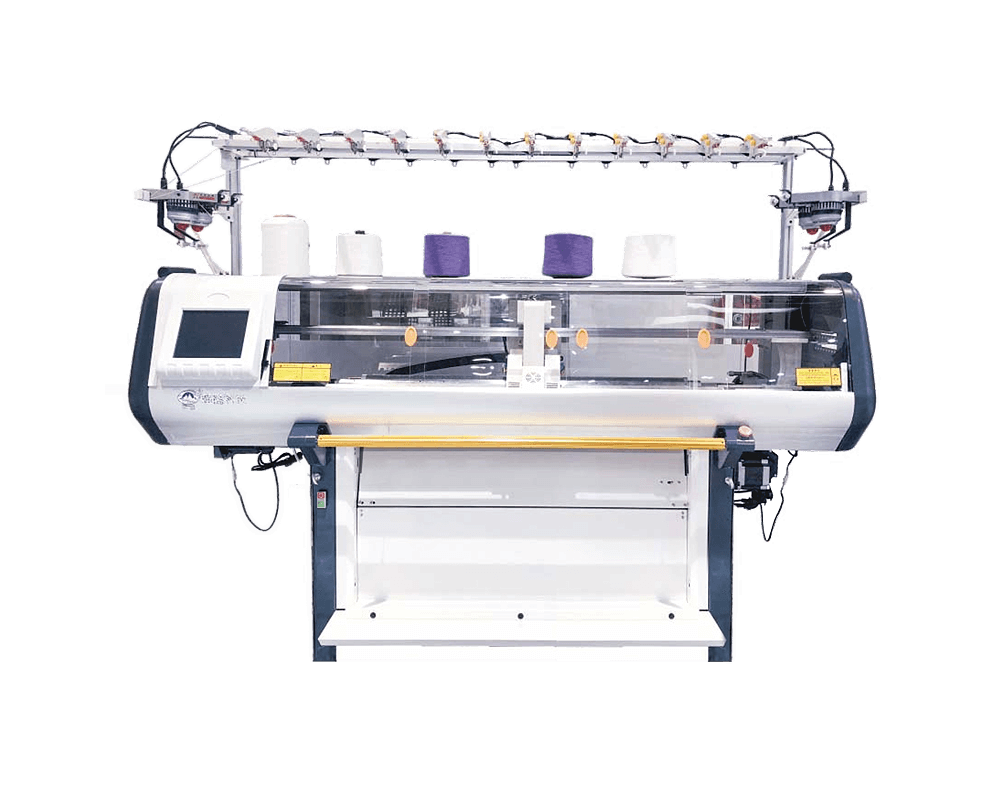Tongxiang Qianglong Machinery Co., Ltd. is high-tech China wholesale computerized flat knitting machine manufacturers, specialized in designing, developing, and manufacturing Knitting Machinery..
The use of 3D Flyknit technology in textile manufacturing offers several advantages that contribute to efficiency, customization, and innovation in the production process. Here are some key advantages:
Seamless Construction: 3D Flyknit technology allows for the creation of seamless garments and textiles. This eliminates the need for traditional sewing and stitching, reducing waste and production time.
Customization: The technology enables highly customizable designs and patterns. Manufacturers can easily create intricate and personalized textiles without the limitations of traditional manufacturing methods.
Reduced Waste: Since 3D Flyknit machines produce textiles with minimal or no seams, there is less material waste compared to traditional cut-and-sew processes. This aligns with sustainable manufacturing practices.
Efficient Production: The automated and digital nature of 3D Flyknit machines speeds up the production process. Complex designs that would be time-consuming with traditional methods can be produced more efficiently.

Weight Reduction: 3D Flyknit textiles can be engineered to have varying thickness and density, allowing for lightweight and breathable fabrics. This is particularly beneficial in industries like sportswear and activewear.
Enhanced Comfort and Fit: The seamless construction and ability to customize designs contribute to garments that provide better comfort and an improved fit. This is especially important in industries where ergonomics and performance matter, such as athletic apparel.
Innovative Design Possibilities: Designers can explore new and innovative possibilities in terms of texture, structure, and aesthetics. 3D Flyknit technology opens up avenues for creative expression and unique fabric constructions.
Automation and Precision: The use of automation in 3D Flyknit machines ensures precise and consistent results. This can lead to higher quality products with fewer defects.
Adaptability to Various Materials: 3D Flyknit machines can work with a variety of materials, including traditional yarns, synthetic fibers, and high-performance materials. This adaptability allows for the creation of diverse textile products.
Flexibility in Production Scale: Whether producing small batches or large quantities, 3D Flyknit technology is adaptable to different production scales, providing manufacturers with flexibility in meeting market demands.
The adoption of 3D Flyknit technology in textile manufacturing represents a shift towards more sustainable, efficient, and innovative processes in the industry.

 English
English 简体中文
简体中文
 Chinese
Chinese English
English











